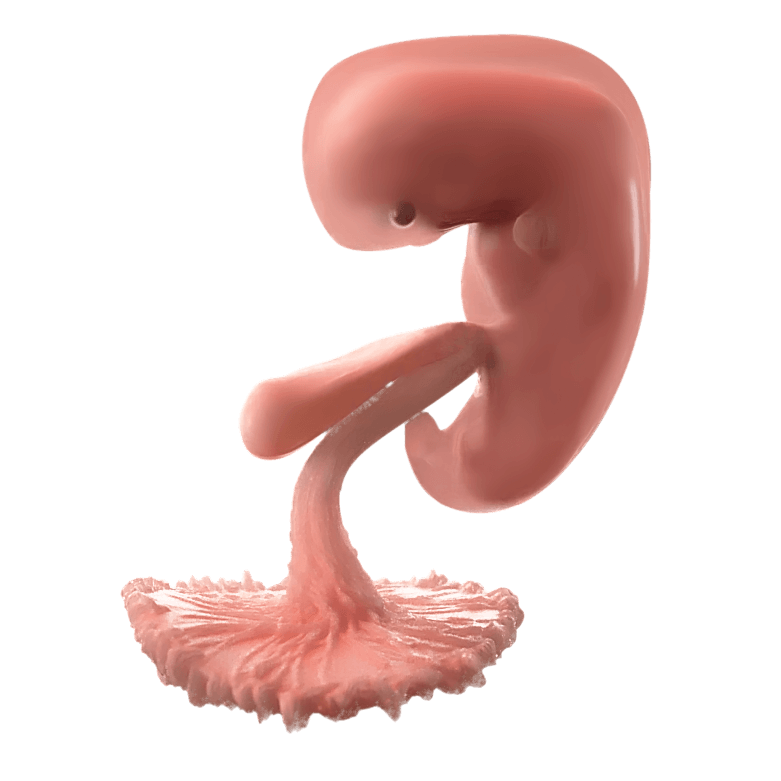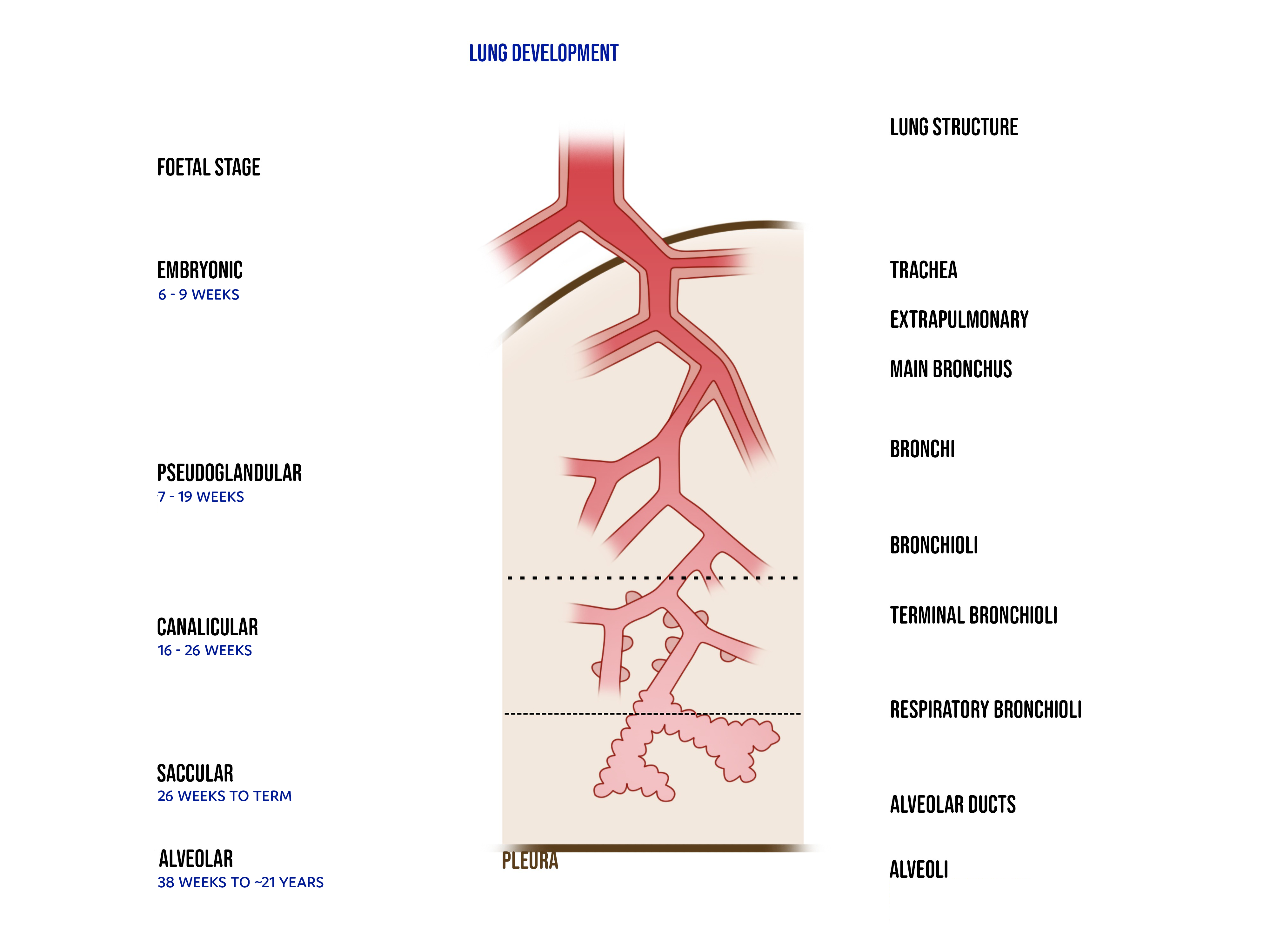In the first few weeks of the embryo’s life, brain growth is astonishing!
Become A Defender of Life
Your donation helps us continue to provide world-class research in defense of life.
DONATECharlotte Lozier Institute
Phone: 202-223-8073
Fax: 571-312-0544
2776 S. Arlington Mill Dr.
#803
Arlington, VA 22206

Week 7
Limbs and major organs form
- Post-conception week 5
- Days 28-34
- Gestational Week 7
Almost all major organs have started to form, including the lungs, liver, kidneys, stomach, and pancreas.
The preborn baby has arm and leg buds.
The embryo starts receiving nutrients and oxygen and expelling waste using the umbilical cord and placenta.1
This week, the preborn baby is about 10,000 times bigger than he was at conception. For perspective, that makes him the size of a blueberry, or a little under a quarter inch from rump to head. At this point, his head is one-third of his overall size2 because the head grows faster than the rest of the body. In fact, since most newborn babies are born with about 100 billion brain cells, called neurons, the brain must grow at an average rate of 250,000 neurons per minute throughout the pregnancy.3
The face becomes more recognizable in week seven. Outgrowths from the forebrain become the optic nerve and the back of the eye. These cells interact with the outer surface of the embryo and form the eye’s lens.5 The nose gets a pair of little depressions that will become the baby’s nostrils. The early mouth and tongue start taking shape.6
At this stage, the embryo’s skin is just one cell thick. That makes the skin transparent and capable of excreting water and salts into the amniotic fluid.7 The limb buds keep growing, with the arm buds growing before the leg buds.
The heart’s pacemaker cells also develop in week seven. These cells integrate into the right atrium of the heart.8 From this position, these pacemaker cells work in cooperation with nerve impulses to control a person’s heart rate for the rest of her life.
The respiratory system begins forming at the very end of the sixth week gestation, around 26 days after conception. First, the 2 primary lung buds grow. These lung buds become the left and right lung. By 6 ½ weeks, the major airways to the left and right lungs, called bronchi, have grown. These bronchi divide into three major lobes on the right and two major lobes on the left.9 In week 7, the airways start branching repeatedly. This continues over the next ten to twelve weeks, until the airways have branched at least 17 times. After birth, these airways connect the alveoli, where air is exchanged in the lungs, to the windpipe and the external air.10
After the lung forms airways, it increases the surface area for gas exchange by creating new alveoli. Ninety percent of the gas exchange area is formed by subdividing existing airspaces by forming new walls to create new alveoli in a process called alveolarization. This process continues from 36 weeks gestation until the person is about 21 years old.11

This week, between 1000 and 2000 primary germ cells migrate to the developing ovaries or testes. Interestingly, a woman’s body creates all of her eggs starting at seven weeks gestation and finishing around five months. Similarly, in a man’s body, the primary germ cells that migrate in week 7 become spermatagonia, which will create all of the man’s sperm.12








